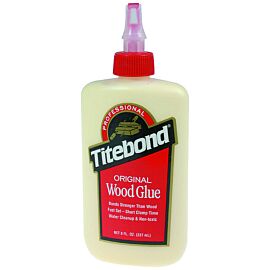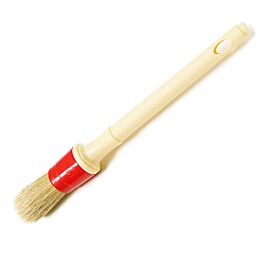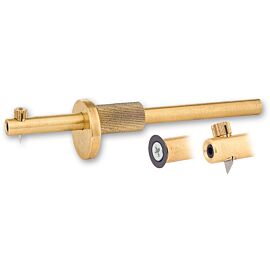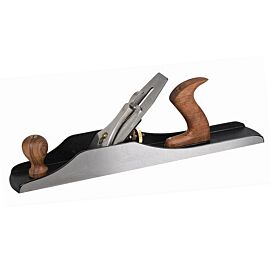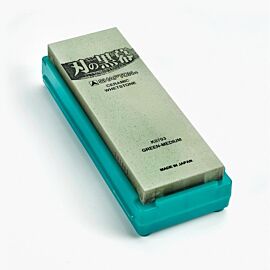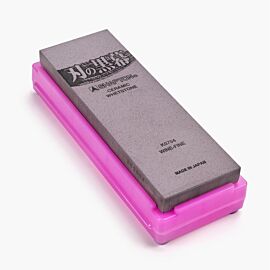€6.84
In stock
These coloring pieces are obtained by grinding the heartwood of Haematoxylon Campechianum which grows in Central America. Also called bluewood tree or Campeche tree (because it is native to the south of the state of Campeche in Mexico) it is the most important of all coloring woods. In violin making it is used for coloring the black stripes of the purflings.
- The recipe for the dye is kindly provided by Davide Sora, Master Violin Maker in Cremona.
- The video with the procedure is kindly provided by Anton Somers, Master Violin Maker in Antwerp, Belgium.
Details
This is the system I use (Davide Sora) to dye pearwood strips black. It is an ancient method, traditionally used by luthiers:
1) For a liter of water add 6 g of potassium hydroxide (KOH) (formerly called potash). Boil the pearwood shavings (still rolled up but not too tightly) in this solution for at least an hour, after which rinse them thoroughly in running water.
2) For a liter of water add 20 g of Logwood chips. Boil the pearwood shavings in this solution for at least an hour and leave them to soak for 24 hours. Then rinse them thoroughly before moving on to the next step.
3) For a liter of water add 12 g of iron sulfate (FeSO4) (formerly called green vitriol). Boil the pearwood shavings in this solution for at least an hour and leave them to soak for 24 hours.
4) Finally, rinse the shavings thoroughly and let them dry. Before complete drying, spread the strips between two flat wooden boards, interposing strips of paper to keep them separate. Allow them to dry completely between the two wooden boards and the paper strips for several days, checking from time to time that molds caused by humidity do not develop, eventually replacing the damp paper strips with dry ones.
1) For a liter of water add 6 g of potassium hydroxide (KOH) (formerly called potash). Boil the pearwood shavings (still rolled up but not too tightly) in this solution for at least an hour, after which rinse them thoroughly in running water.
2) For a liter of water add 20 g of Logwood chips. Boil the pearwood shavings in this solution for at least an hour and leave them to soak for 24 hours. Then rinse them thoroughly before moving on to the next step.
3) For a liter of water add 12 g of iron sulfate (FeSO4) (formerly called green vitriol). Boil the pearwood shavings in this solution for at least an hour and leave them to soak for 24 hours.
4) Finally, rinse the shavings thoroughly and let them dry. Before complete drying, spread the strips between two flat wooden boards, interposing strips of paper to keep them separate. Allow them to dry completely between the two wooden boards and the paper strips for several days, checking from time to time that molds caused by humidity do not develop, eventually replacing the damp paper strips with dry ones.





